When she and husband Herb moved from New Jersey to Southern CA, Carolyn Schaer couldn't wait to install a succulent garden. "I knew I had to have dragon trees," she says, recalling the impressive specimens she saw in San Diego's Mount Soledad neighborhood.
In my new video, "Carolyn's Dragon Tree Garden," you'll see the result: a professionally designed residential landscape of low-water, regionally appropriate plants. Some are unusual, many are large, and all thrive today, seven years after installation.

View of neighbor's house, before and after
I've followed Carolyn's garden since its inception in 2015, and my recent video includes before-and-after photos. I also interviewed the designer, Michael Buckner, a lifelong succulent expert, collector and former nursery owner. In the video, he shares tips on creating an aesthetically pleasing, low-water landscape...which supremely meets Carolyn's goal: "succulents are the stars."
Scroll down for a gallery of succulents and companion plants that not only look great in Carolyn's garden, they'll likely do well for you, too---especially if you're in Zone 9 (coastal CA from the Bay Area south).
Fire-breathing dragon trees
Do dragon trees breathe fire? No, but when cut, the sap resembles blood.
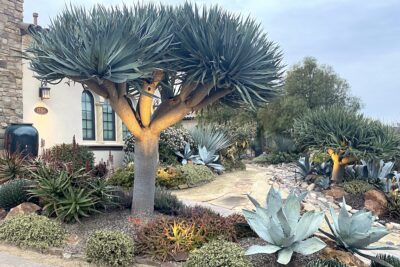
Carolyn's dragon trees are lighted at night
It takes a Dracaena draco several decades to reach maturity. Young trees have a single stem, and don't branch until after they flower. When a dragon tree blooms at 10 to 15 years of age, panicles of white flowers turn into sprays of orange berries.

Dragon tree in bloom with berries (lower right)
After subsequent flowering-and-branching, trees attain a characteristic umbrella shape. The dragon tree is the logo of the San Diego Botanic Garden, where you can see many fine specimens, as well as at the San Diego Zoo.*
Carolyn's dragon trees, which serve as garden focal points, came in 48-inch nursery boxes. They were craned into place.
And those bottle trees!
Along one side of the Schaer garden, forming a privacy screen, are succulent trees that deserve more use in residential gardens: Brachychiton rupestris (Queensland bottle tree). Trees' smooth green trunks are water-storing tanks that over time grow nearly as wide as the tree is tall.
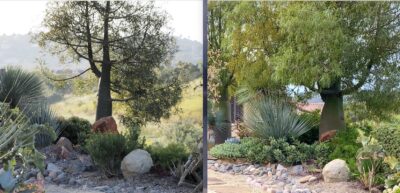
Brachychiton rupestris in Carolyn's garden, two years after planting and five years later
According to San Marcos Growers (a Santa Barbara succulent wholesale nursery): "Plant brachychiton in full sun in most any soil type and give moderate to little irrigation. Trees will grow better and trunk will develop when plant is well watered, but it can also tolerate very dry conditions. Hardy to 18-20° F for short durations."
Color and texture
Another of Carolyn's requirements was that the garden be colorful. The designer combined succulents with red, blue and yellow foliage, and/or variegated leaves. And he made sure something is in bloom (like aloes), year-round.
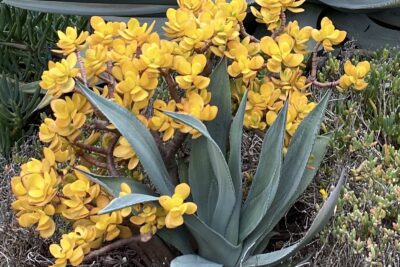
Golden jade packs a color punch. It's as easy to grow as the ubiquitous green variety
Eye-popping combos include red Aloe cameronii with yellow Crassula 'Hummel's Sunset' (golden jade), blue Senecio serpens with white-striped Agave americana 'Mediopicta Alba', and blue Agave macroacantha with orange Sedum nussbaumerianum (coppertone stonecrop).
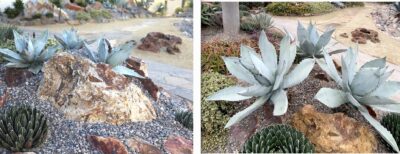
Agave titanota at two years, and today, five years later
In the video, Michael mentions his love of "cerulean blue" agaves. He combined several of these rosette succulents with airy, similarly hued Dasylirion wheeleri--a Southwest native with stiff, slender leaves that form a fountain shape.
The Garden's nitty gritty
Located in the hills above Rancho Santa Fe, CA, the Schaer garden occupies just over half an acre. To borrow tips from it for your own landscape, these specs will help:
- Slope: This steep planted area runs front-to-back, and can be seen from adjacent streets and homes. The slope is 150 feet long, 30 feet high, and 30 feet deep.
- Soil: Typical of new home construction, the lot was scraped, which removed topsoil that helps plants thrive. Michael amended the remaining clay soil 60 to 70 percent with high-grade topsoil (approx. 40 yards total). Topsoil was mixed 20 to 30 percent with mid-grade pumice to enhance water percolation. Slopes and mounds also received a layer of mulch (total 30-to-40 yards).
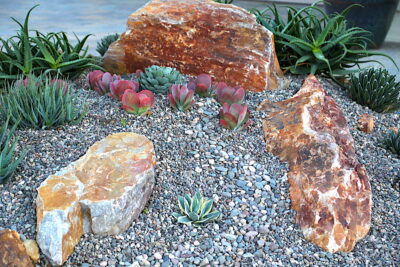
Boulders that match flagstone pathways, and gravel topdressing, give newly planted beds a finished look.
- Island beds: Throughout the landscape are mounded beds planted with succulents. Such freeform elevated areas lend interest to front, side and back yards.
- Pathways and open spaces are covered in warm-toned decomposed granite. Golden-brown flagstone slabs define pathways.
- Stone: Surrounding mounds to retain the soil, is ledge stone. Beds are topdressed with 10 yards of crushed rock (gravel). Adding interest are boulders in the same orangey hues as the flagstone.
- Fertilizer: In spring and fall, plants receive a 10-8-3 fertilizer with has sulfur, zinc and micronutrients. Every two years, in the fall before the rainy season, the garden also is dosed with Ironite.
Bet you notice them
*If there happen to be noteworthy dragon trees in your area, do let us know their location, so others can see and enjoy them too. (Kindly leave a comment below, thanks!)
Plant Gallery
Aloes: Uses, Photos, IDs & Varieties
Aloes: How To Grow & Varieties All about aloes plus a photo gallery of aloes ID’d and in bloom See All Succulent Types Aeonium Agaves Aloes Cactus Crassula Echeveria Euphorbias Ice Plants Kalanchoe Portulacaria Senecio About Aloes There are dozens of species of Aloe, from tall trees to dwarf cultivars. Aloes typically have juicy, triangular leaves…
Agaves: Uses, Photos, IDs and Varieties
With the exception of a few soft-leaved and variegated varieties, agaves want sun—the more the better in all but desert climates. Most are hardy to the mid- to high-20s F, and some go a lot lower. Sharp points at leaf tips and along leaf edges can make agaves treacherous. I snip about a quarter inch from leaves’ needlelike tips with garden shears.
Succulent Euphorbias: Photos, IDs, Garden Uses, Cautions
Euphorbia Uses, Photos and Cautions Native primarily to South Africa, succulent euphorbias thrive outdoors in mild, arid maritime climates. They’re wonderfully sculptural and collectible, but do be careful when handling. See All Succulent Types Aeonium Agaves Aloes Cactus Crassula Echeveria Euphorbias Ice Plants Kalanchoe Portulacaria Senecio About SUCCULENT EUPHORBIAS Euphorbia is a huge genus composed of…
Kalanchoe Details, Photos and Varieties
Kalanchoe: Details, Photos and Varieties Native to Madagascar, kalanchoes thrive outdoors in zone 9 (and higher if in dappled shade). Protect from frost. See All Succulent Types Aeonium Agaves Aloes Cactus Crassula Echeveria Euphorbias Ice Plants Kalanchoe Portulacaria Senecio >> Jump Down to the Gallery All the kalanchoes in the video are also in the…
Ice Plant Uses, Photos and IDs
Ice Plant Uses, Photos, and Varieties What you need to know to successfully select and grow ice plants. Gallery of warm-climate varieties, all ID’d See All Succulent Types Aeonium Agaves Aloes Cactus Crassula Echeveria Euphorbias Ice Plants Kalanchoe Portulacaria Senecio See the Video About Ice plants Succulent ice plants have in common shimmering, daisylike flowers.…
The post Carolyn’s Dragon Tree Garden, Before-and-After appeared first on Debra Lee Baldwin. Copyright © Debra Lee Baldwin.
from Debra Lee Baldwin https://ift.tt/n0ogW7C
via IFTTT

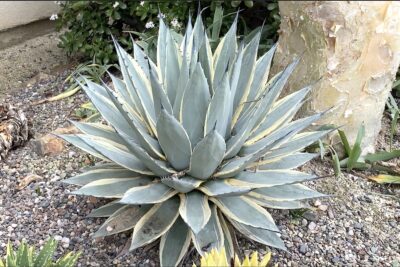
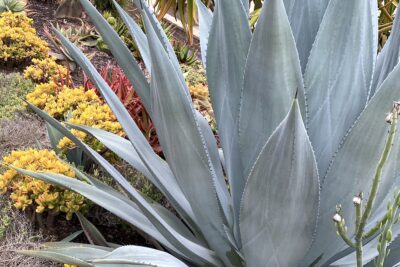
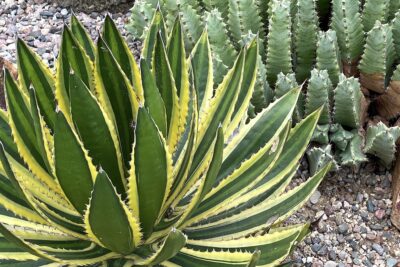
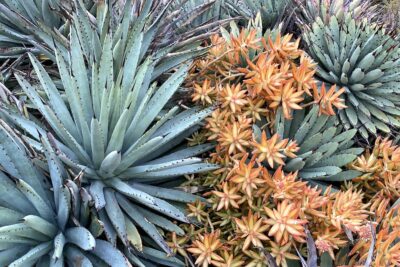

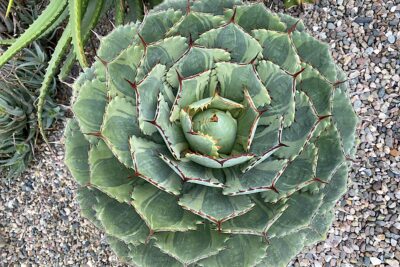
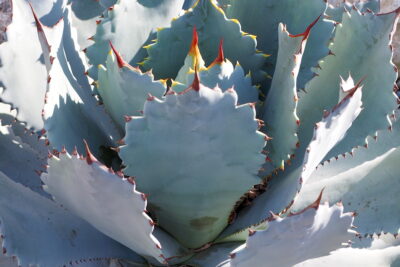
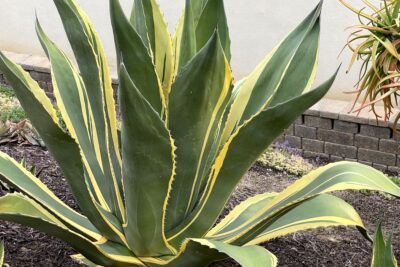
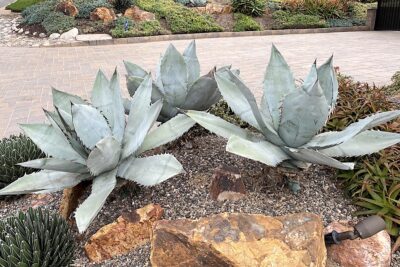
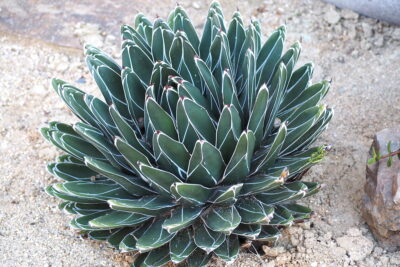
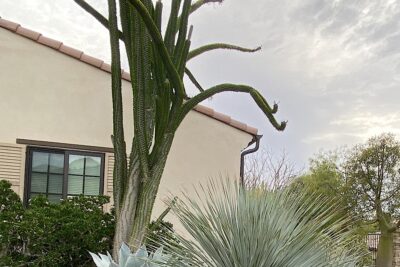
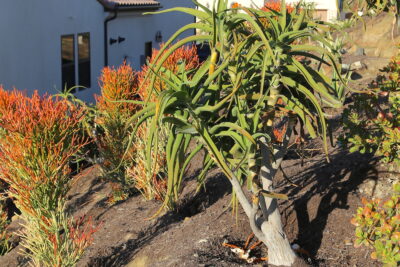
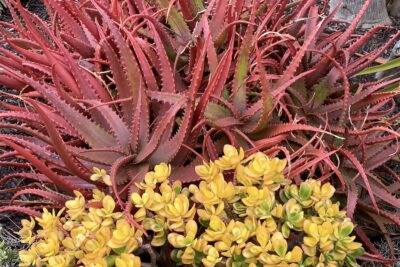
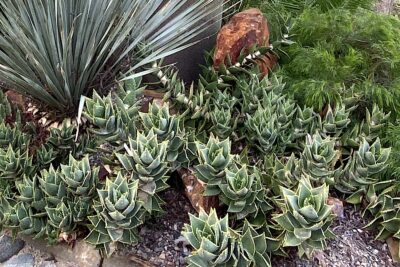
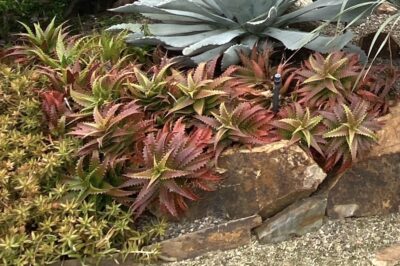
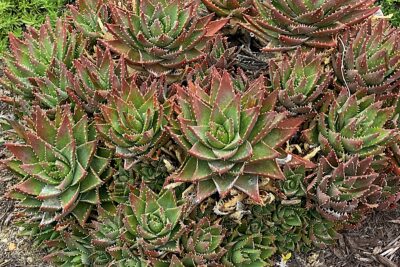
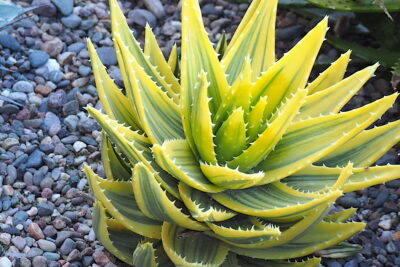
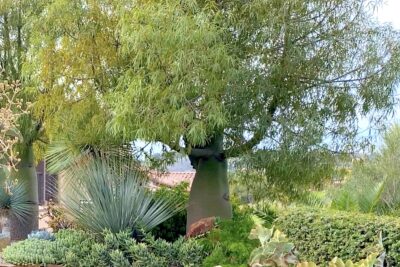

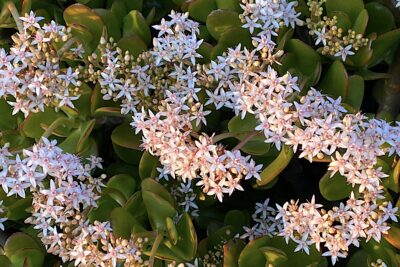
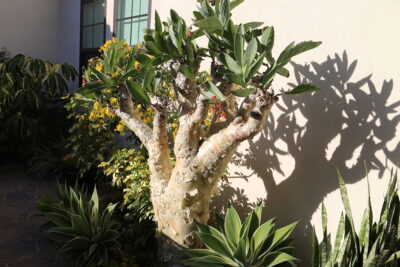
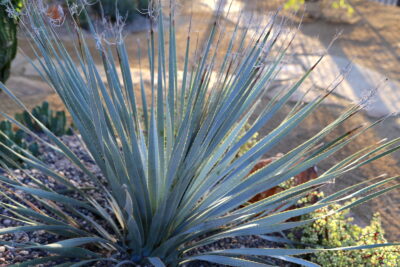
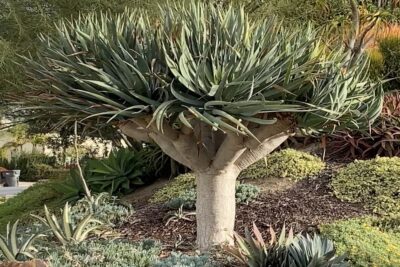

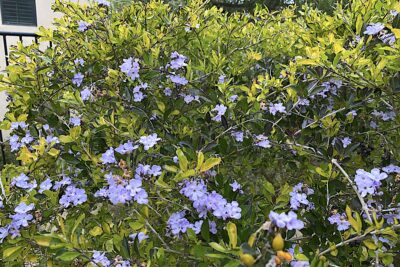
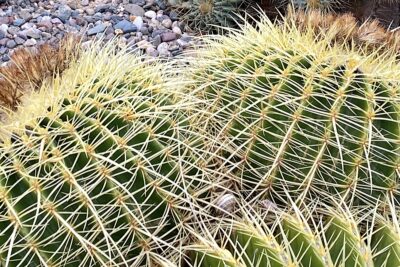
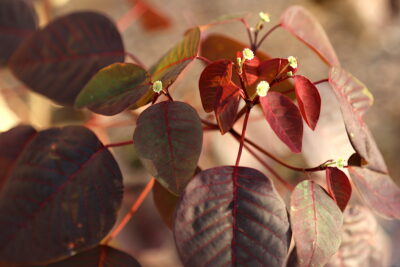
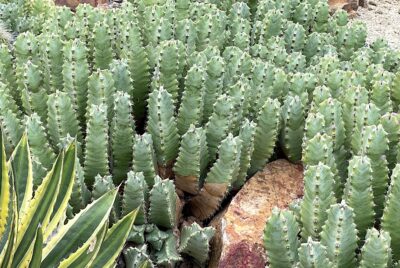
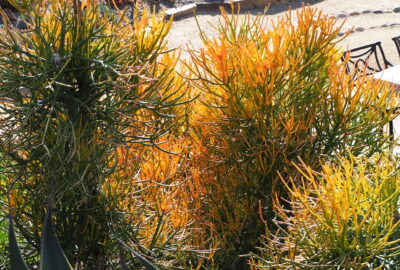

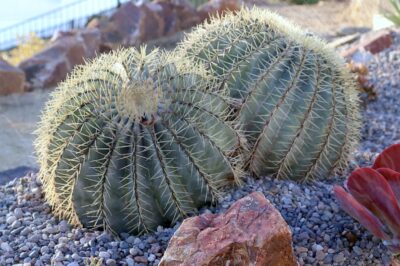
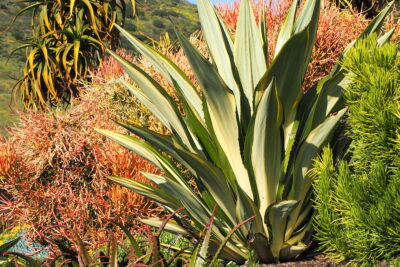
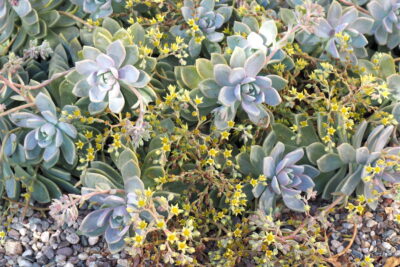

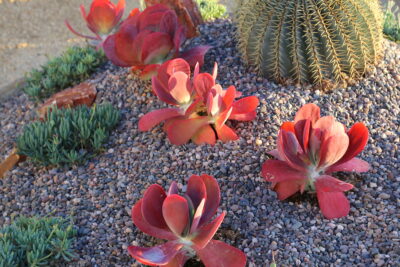
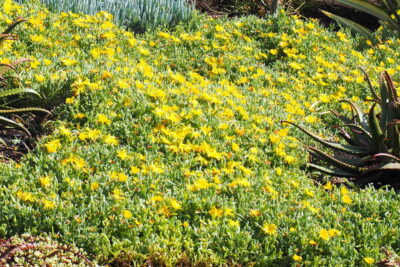
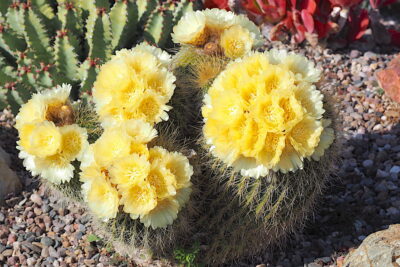
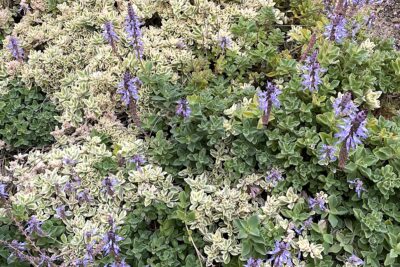
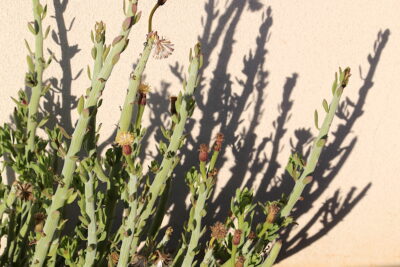
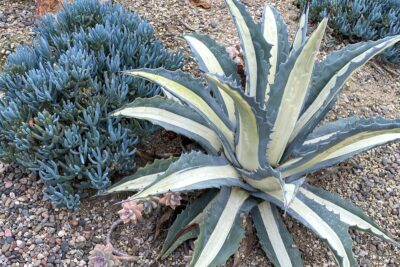
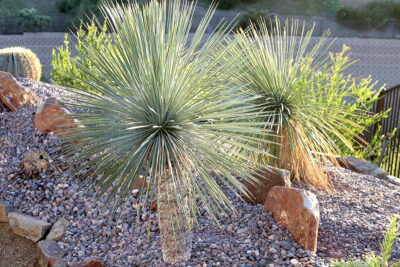
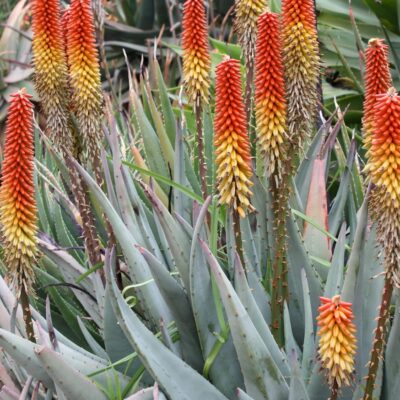
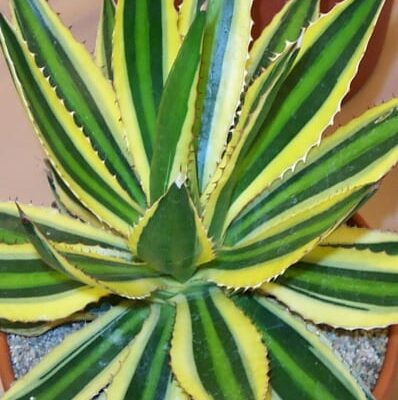

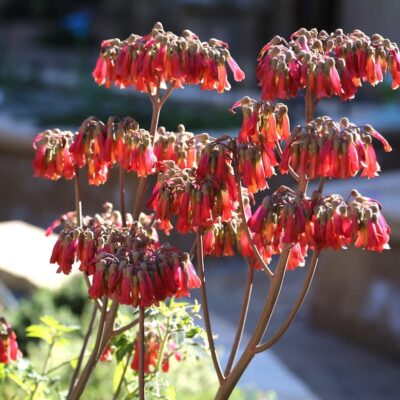

No hay comentarios:
Publicar un comentario